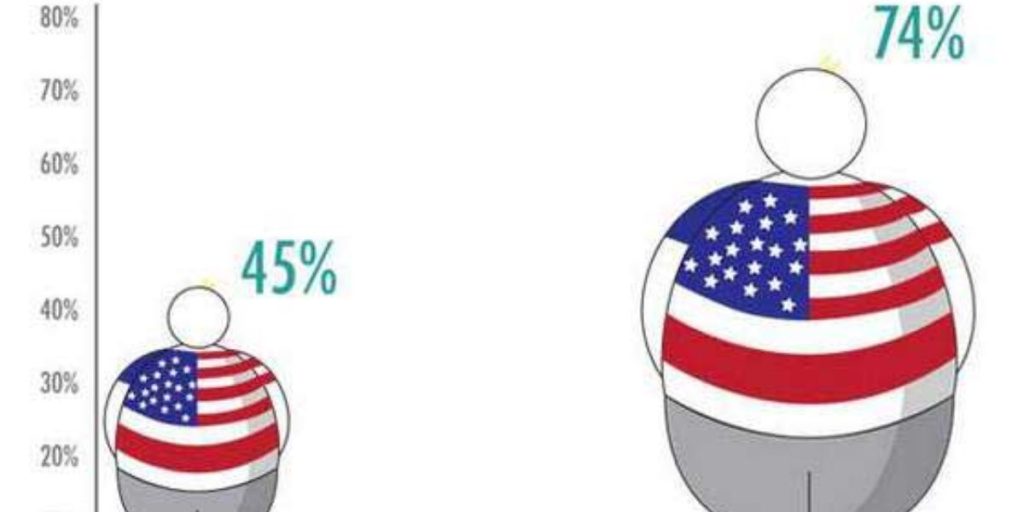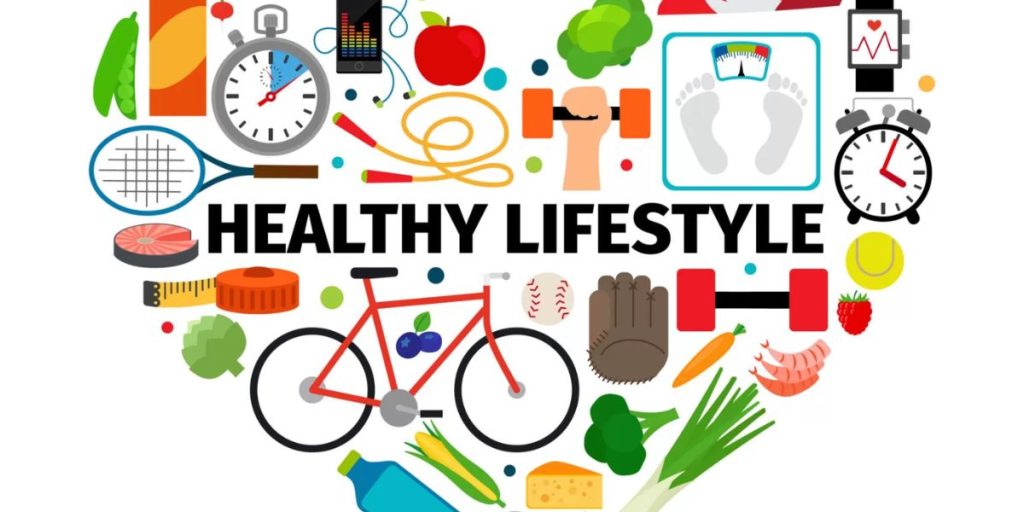In the landscape of health crises facing the United States, obesity stands out as one of the most prevalent and pressing issues. Within this vast nation, there exists significant variation in obesity rates from state to state, with some regions grappling with higher prevalence than others.
West Virginia, known for its rugged landscapes and Appalachian charm, faces significant challenges related to obesity. Let’s delve into the details:
Statewide Obesity Rate: West Virginia has the second-highest adult obesity rate in the entire United States, with approximately 37.8% of adult residents reporting a body mass index (BMI) of 30 or greater.
Highest Obesity Rate Cities or Towns: While specific cities or towns within West Virginia are not explicitly mentioned in the data, it’s essential to recognize that the state as a whole grapples with high obesity prevalence. 73.9% of West Virginia’s residents are either overweight or obese, which is significantly higher than the national average. The prevalence of obesity is consistently higher in West Virginia compared to the rest of the country.
Rural Communities: Interestingly, the prevalence of obesity is significantly higher in rural communities within West Virginia. Factors such as lifestyle, access to healthy foods, and physical activity opportunities play a role in shaping these rates.
Reasons Behind High Obesity Rate in West Virginia

The high obesity rate in West Virginia can be attributed to a combination of factors:
Socioeconomic Status and Poverty: West Virginia faces economic challenges, and poverty rates impact health outcomes. Higher poverty rates correlate with a greater likelihood of obesity.
Access to Healthy Foods: Limited access to healthy food retailers contributes to poor dietary choices. In areas with fewer grocery stores and fresh produce options, processed and calorie-dense foods become more prevalent.
Physical Inactivity: Lack of exercise opportunities is a significant issue. Sedentary lifestyles contribute to weight gain and obesity.
Fast Food and Diet: An excess of fast food places in the state affects dietary habits. Consuming high-calorie, low-nutrient foods contributes to weight gain.
Healthcare Access: No healthcare coverage remains a concern for some residents. Access to healthcare services impacts preventive measures and management of health conditions.

Behavioral Risk Factors: Less leisure-time physical exercise is prevalent. Low consumption of fruits and vegetables and higher soda intake contribute to chronic diseases.
Health Disparities: West Virginia ranks high in poor physical health, poor mental health, and activity limitations due to health issues. These disparities affect overall well-being.
Also, read:
- The US State With the Highest Abortion Rate
- This City in Alaska Reported Highest S*xual Assault Cases in the Last Year, Survey Revealed
Health Risks Associated with Obesity
Cardiovascular Diseases: Obesity increases the risk of developing conditions such as hypertension (high blood pressure), coronary heart disease, stroke, and heart failure. Excess body fat can lead to the accumulation of plaque in the arteries, restricting blood flow and increasing the likelihood of heart-related issues.
Type 2 Diabetes: Obesity is a significant risk factor for type 2 diabetes. Excess body fat can impair insulin sensitivity and glucose metabolism, leading to elevated blood sugar levels and the development of diabetes.
Respiratory Problems: Obesity can lead to respiratory issues such as sleep apnea, where breathing repeatedly stops and starts during sleep, as well as asthma and obesity hypoventilation syndrome, characterized by inadequate breathing leading to low oxygen and high carbon dioxide levels in the blood.

Joint Problems: The excess weight carried by obese individuals can put significant strain on the joints, leading to conditions such as osteoarthritis, particularly in weight-bearing joints like the knees and hips.
Cancer: Obesity is associated with an increased risk of developing certain types of cancer, including breast, colon, endometrial, kidney, and pancreatic cancer. The exact mechanisms linking obesity to cancer risk are not fully understood but may involve hormonal changes, chronic inflammation, and insulin resistance.
Metabolic Syndrome: Obesity often coexists with other metabolic abnormalities, collectively referred to as metabolic syndrome. This includes elevated blood pressure, high blood sugar levels, abnormal cholesterol levels, and excess abdominal fat, increasing the risk of heart disease, stroke, and diabetes.
Liver Disease: Non-alcoholic fatty liver disease (NAFLD) is common in obese individuals. It ranges from simple fatty liver (steatosis) to non-alcoholic steatohepatitis (NASH), which can progress to liver cirrhosis and liver failure.
Read More: This City Has the Highest Obesity Rate in Arkansas
Conclusion
The high obesity rate in West Virginia serves as a sobering reminder of the formidable challenges posed by this pervasive health issue. However, it also presents an opportunity for concerted action and collective efforts to effect positive change. By mobilizing resources, fostering collaboration, and prioritizing preventive measures, West Virginia can chart a course toward a healthier future for its residents.
SOURCE: 247wallst.com, cdc.gov